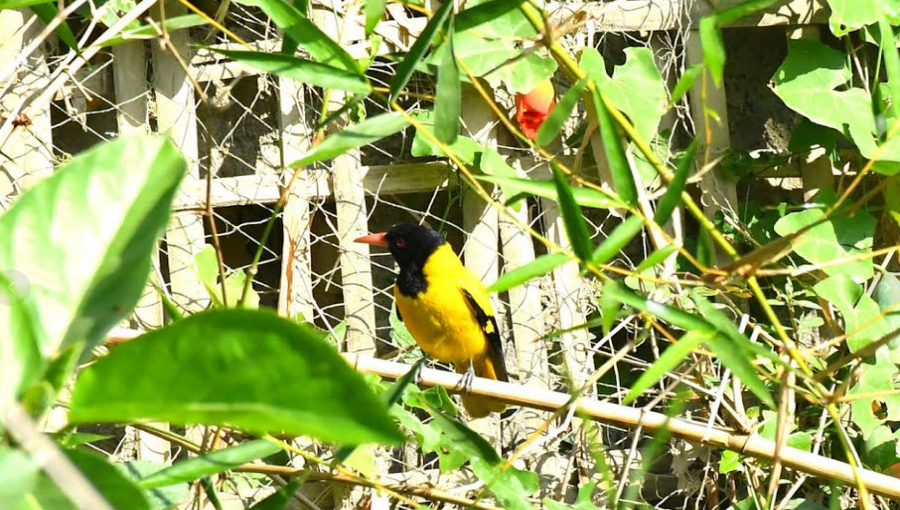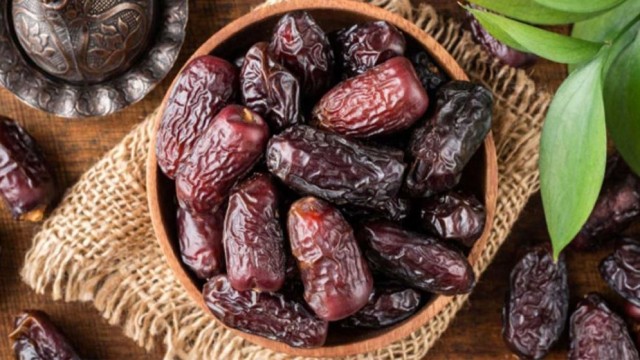Khagrachari, Jan 10, (V7N) - The once-familiar yellow bird of rural Bengal, renowned for its melodious call, is rapidly disappearing. Once a vibrant part of village life, its sweet songs are now fading into memory as environmental changes threaten its survival.
Children once delighted in teasing this bird as it perched on guava trees in village courtyards, filling the air with its enchanting calls. Today, spotting this bird has become rare, even among the dense foliage of rural trees.
The decline of the yellow bird, scientifically known as Orioleidae and commonly referred to as the Oriole, is mainly due to the destruction of natural habitats and widespread pesticide use. The loss of native trees and increased chemical farming practices have significantly harmed the bird's population.
The Oriole, shaped like a falcon and measuring 24 centimeters in length, is easily recognized by its:
Bright yellow feathers covering most of its body
Black tail and wing tips
Shiny black head and throat
Bright red beak and eyes
Light black legs
This bird typically builds its nest in tree branches using dry twigs and grass. Its breeding season spans from spring to summer, laying 3–4 eggs speckled with brown. Both parents share incubation duties, with chicks hatching within 15–17 days.
The Oriole primarily feeds on insects, spiders, and fruits, making it a natural ally to farmers by controlling pests.
Historically, this species thrived across Bangladesh, India, Myanmar, Indonesia, and other South Asian regions. However, in Bangladesh, the Oriole is now nearing extinction. Its disappearance is already impacting agriculture, as farmers lose a natural pest controller.
If urgent steps are not taken to restore natural habitats and curb pesticide use, this treasured bird may vanish entirely from rural Bengal's landscape.
END/BPK/RH/






























Comment: